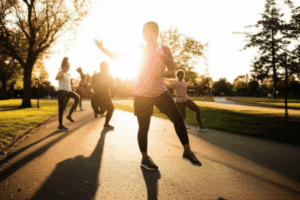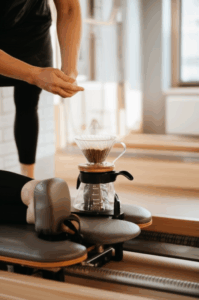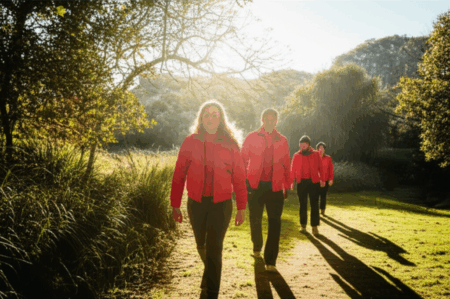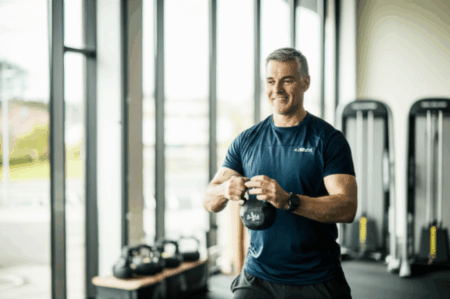In a world often dominated by high-intensity workouts and the “no pain, no gain” mantra, a refreshing new philosophy is gaining significant traction: Zone Zero training. This approach challenges conventional fitness wisdom by advocating for ultra-low-intensity movement, promising substantial health benefits with minimal perceived effort. It’s the fitness trend that proves sometimes, doing less can genuinely lead to more.

What Exactly is Zone Zero Training?
Zone Zero training refers to any gentle, low-intensity movement that keeps your heart rate below 50% of its maximum. To estimate your maximum heart rate, a common calculation is to subtract your age from 220. This places Zone Zero even below Zone 1, which typically corresponds to 50-60% of maximum heart rate and is usually associated with very light exercise like warm-ups or active recovery.
The defining characteristic of Zone Zero exercise is its almost effortless nature. During these activities, you should be able to comfortably hold a conversation without any breathlessness, and the movement should feel extremely manageable. It’s often described as the step just below a very easy walk, bordering on complete inactivity but still involving deliberate movement.
Examples of Zone Zero training are often activities you might already be doing without considering them “exercise”:
- Slow walking or strolling
- Gentle cycling
- Yoga and light stretching
- Gardening or light housework
- Standing at a desk or pacing during chores
- “Pottering around the house”
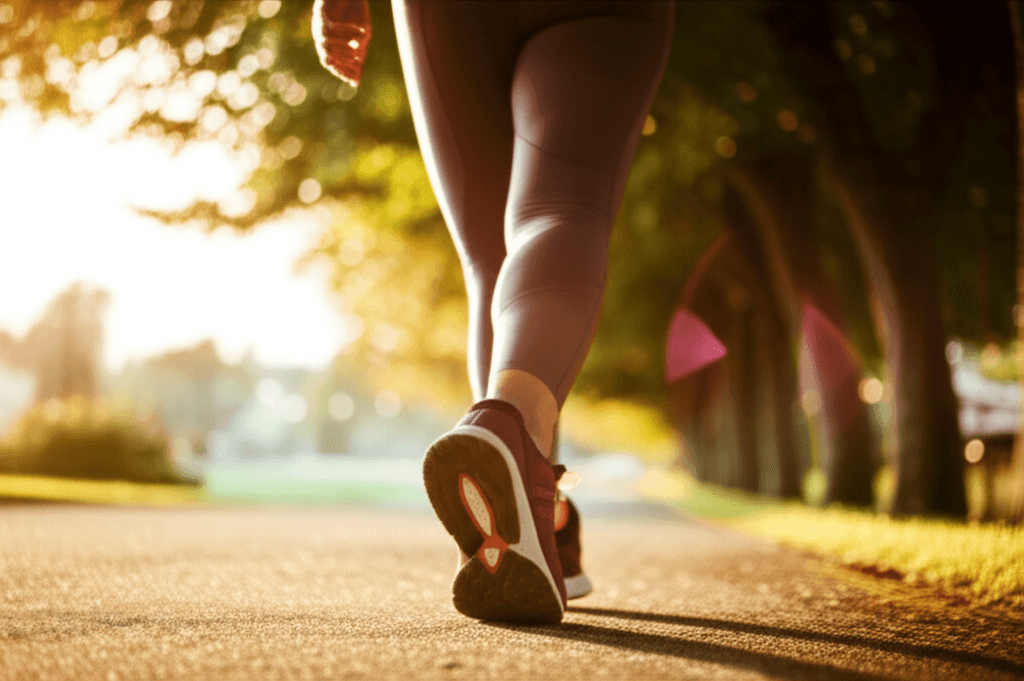
The Science-Backed Benefits of Embracing Ultra-Low Intensity Movement
The seemingly negligible effort of Zone Zero training belies its profound impact on health and well-being. Experts highlight a surprising array of advantages that make it an indispensable part of a balanced lifestyle.
Improved Circulation and Blood Sugar Regulation
Regular Zone Zero movement significantly improves circulation throughout the body. Furthermore, engaging in light movement, particularly after meals, can effectively help regulate blood sugar levels, which is crucial for metabolic health.
Enhanced Mental Wellbeing and Stress Reduction
Perhaps one of the most underappreciated aspects of Zone Zero is its positive influence on mental health. Low-intensity activity promotes mindfulness, actively alleviates stress, and contributes to better mood regulation. It offers a gentle way to downshift the nervous system from the day’s chaos, helping to melt away tension without draining energy resources.
Boosted Recovery and Injury Prevention
For individuals engaged in higher-intensity training, Zone Zero acts as a crucial form of “active rest.” It aids in recovery by helping to flush out metabolic waste materials that build up in tired muscles, preparing the body for the next challenge. Incorporating these ultra-low-effort sessions can also help prevent overtraining and reduce the risk of injury.
Combating Sedentary Lifestyles and Promoting Longevity
In an increasingly sedentary world, Zone Zero training serves as a powerful antidote to prolonged sitting, which is known to be harmful to health even for those who exercise vigorously. Research indicates that people who integrate more light movement into their daily lives tend to live longer and reduce their risk of chronic diseases. A study by the University of Sydney, for instance, found that taking just 7,000 steps a day can reduce the risk of early mortality by a significant 47%.
Accessibility and Habit Formation
One of the most compelling aspects of Zone Zero is its unparalleled accessibility. It requires no costly gym memberships, special equipment, or advanced fitness levels, making it a viable option for almost anyone, anywhere. This low barrier to entry makes it excellent for introducing those with limited experience to exercise and is highly effective for forming sustainable, long-lasting movement habits.
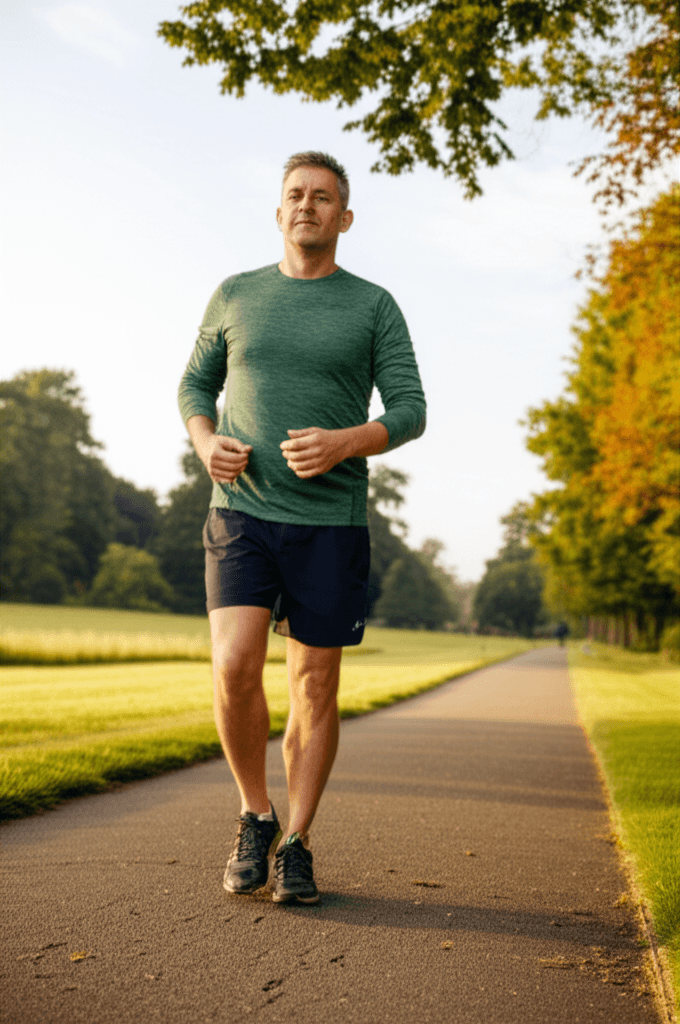
Integrating Zone Zero into Your Daily Routine: Effortless Steps to Better Health
Incorporating Zone Zero training into your life is remarkably simple and often involves making small, conscious choices throughout your day.
- Take short, gentle strolls: A brief walk after meals or during breaks can make a big difference.
- Utilize a standing desk: Standing periodically or while working can elevate your heart rate just enough.
- Engage in light chores: Everyday activities like tidying, cooking, or gardening count.
- Stretch throughout the day: Gentle stretches at your desk or while waiting can contribute to your Zone Zero time.
The key lies in consistency. Even a few minutes of gentle movement spread throughout the day can accumulate into significant health benefits over time. The beauty is that you don’t need any gadgets or apps to do it correctly; if you can move without strain or discomfort, you’re in Zone Zero.

Beyond the Hype: Understanding Zone Zero’s Role in a Holistic Fitness Plan
While the benefits of Zone Zero are extensive, it’s important to understand its place within a broader fitness strategy. This ultra-low-intensity movement alone will not transform you into an endurance athlete or lead to dramatic fitness breakthroughs like running a marathon. Health guidelines still recommend a certain amount of moderate or high-intensity activity each week for optimal fitness.
Instead, Zone Zero training is best viewed as a foundational layer. It complements more vigorous workouts by aiding in recovery, preventing burnout, and improving overall consistency. For beginners, older adults, or those returning to exercise after injury, it offers a gentle, non-intimidating starting point for building a movement habit. It challenges the “all or nothing” mindset, proving that every bit of movement counts and that health can be achieved without constantly pushing to the limit.
By redefining what exercise can look like, Zone Zero training encourages a more sustainable and accessible approach to staying active. It’s not about chasing personal bests, but about keeping your body moving, reducing stress, and building habits that contribute to a healthier, more balanced life.

